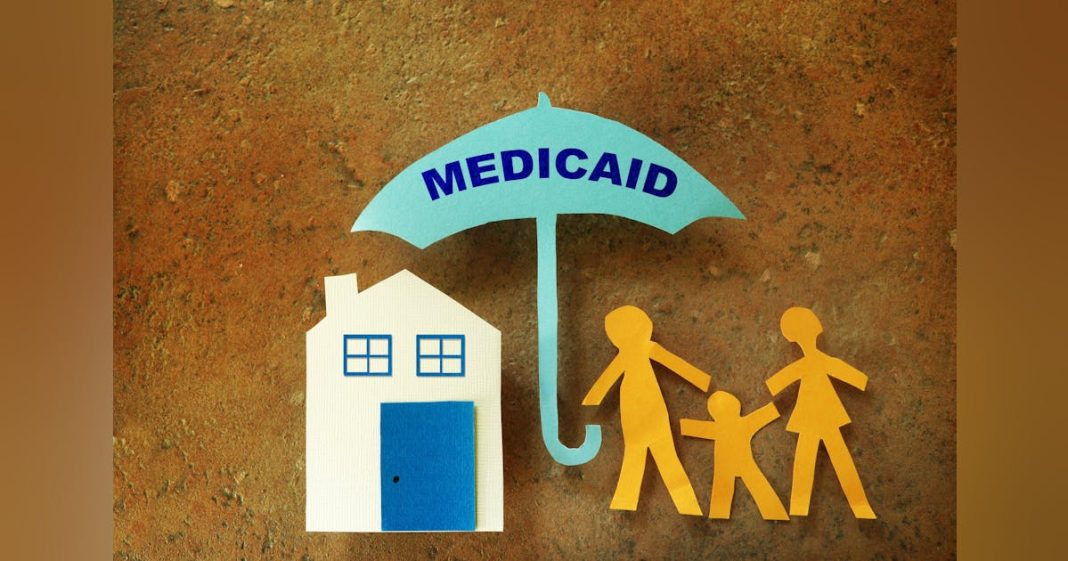A newly established Center for Maternal and Child Health Medicaid Partnerships (CMMP) is a 5-year initiative supported by the Health Resources and Services Administration (HRSA) to strengthen partnerships and guide coordination between Medicaid, CHIP, and Title V programs.
Title V is a federal-state partnership that funds programs and initiatives to improve the health of mothers and children.
Nonprofit research and consulting firm Altarum was selected to develop and lead the CMMP, which will provide training and technical assistance to help state-level public health systems grow their knowledge, identify shared priorities, update interagency agreements, maximize financial resources, and sustain improvements contributing to improved eligibility, coverage, access, and quality of care for maternal and child health populations.
At a recent introductory webinar about the new center, Michael Warren, M.D., M.P.H. described its origin and some of its goals. Warren is the associate administrator of the Maternal and Child Health Bureau (MCHB), part of the U.S. Department of Health and Human Services’ Health Resources and Services Administration. MCHB’s mission is to improve the health and well-being of America’s mothers, children, and families. Its Title V Maternal and Child Health Services program serves 93% of all pregnant women, 99% of infants, and 61% of all children nationwide, including those with special healthcare needs.
Warren came to HRSA from about a decade in state government in Tennessee. “I was working with the state health department there in maternal and child health, and was really fortunate over the course of that time to build some really strong relationships with our state Medicaid program, TennCare,” he recalled. “When we thought about the potential for connecting Title V with Medicaid, given so many shared interests, so much overlap in the populations we are trying to serve and move the needle on key outcomes, those relationships were really vital. So during my time here at the bureau, I have worked with our team to say, what can we do to make sure that we are leveraging those MCH public health and Medicaid partnerships to the fullest degree across the country?”
Warren said they started talking with colleagues across the country, on both the MCH public health and Medicaid sides, and learned a number of things: one is that there was a strong need for specific expertise in Medicaid financing on MCH topics. Also, there was a lot of interest in bringing folks together from the various agencies, but that bandwidth was stretched. “When we first started having these conversations, we were still in the middle of the response to COVID, so both Medicaid and public health partners were particularly stretched,” he said. “Then we heard that there was a strong need to think about CMS policy directives so that states could translate them in a way that would improve the health and well being of MCH populations and eliminate disparities that have long persisted.”
He said they also heard there was a real need to help state public health programs better understand the various Medicaid levers and the policy options and what that meant specifically for their state-specific work. Interagency agreements are actually in both the Title V and Medicaid laws as a requirement, but those are highly variable from state to state, so the Maternal and Child Health Bureau sought to make those as robust as possible.
They began working to pull together the money to be able to fund a National Technical Assistance Center.
In terms of what the center will do, Warren talks about the work in three buckets. The first is to support the enhancement of those Title V and Medicaid interagency agreements. There are some states who have built very robust agreements over time, and some states who would like to do that, but need some additional support, he explained. “We don’t necessarily need to reinvent the wheel, but to hold up examples of things that have worked in states so that other states can look at and consider how they might replicate that.”
The second bucket of work will be about building the knowledge base of the public health MCH workforce and the Medicaid workforce around each other’s respective programmatic efforts and policy levers, he said. “We want to make sure that both sides are fluent in understanding what the other does and what the policy levers at each other’s disposal are.”
The third bucket of work involves technical assistance. The state public health MCH executives may have an idea for how they want to partner with Medicaid on a particular topic to improve health outcomes for MCH populations. The center can say, “Here are some ideas that have worked in similar states.” That might be sample contract language for working with managed care organizations. There may be some lessons learned for engaging state Medicaid leadership on a particular topic.
“I think this is probably one of the most transformative things we have done in the bureau, certainly in the last five years,” Warren said. “When you think about the population reach of Title V and when you think about the broad reach of Medicaid, and how vital Medicaid is to the health and well-being of MCH populations, this really is a critical partnership, and we could not be more thrilled to be kicking this off.”







